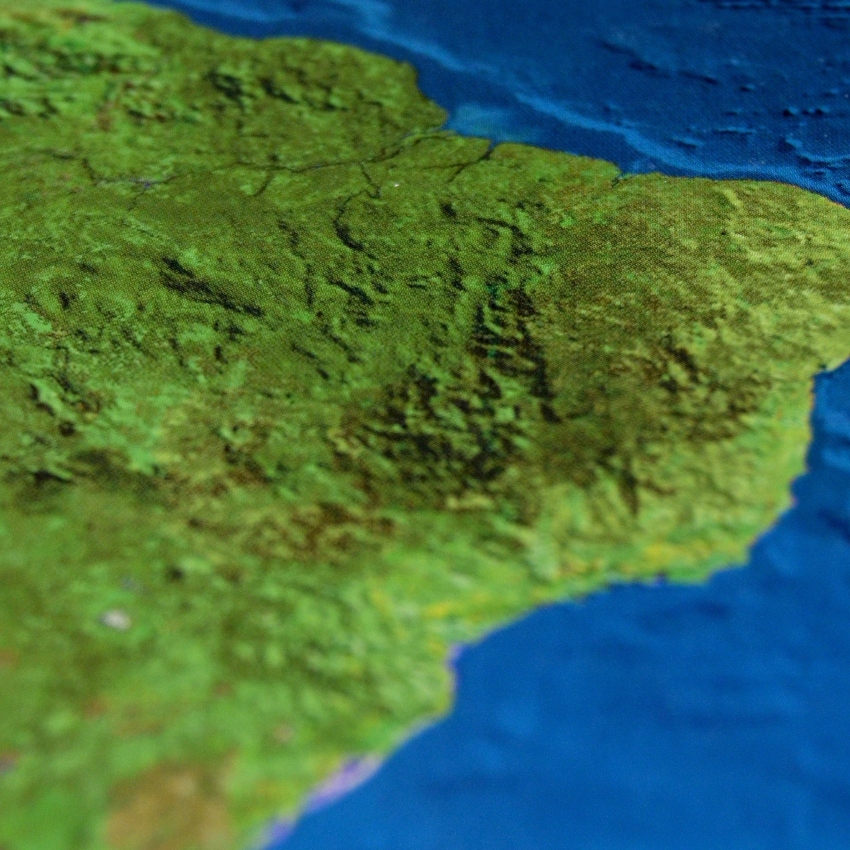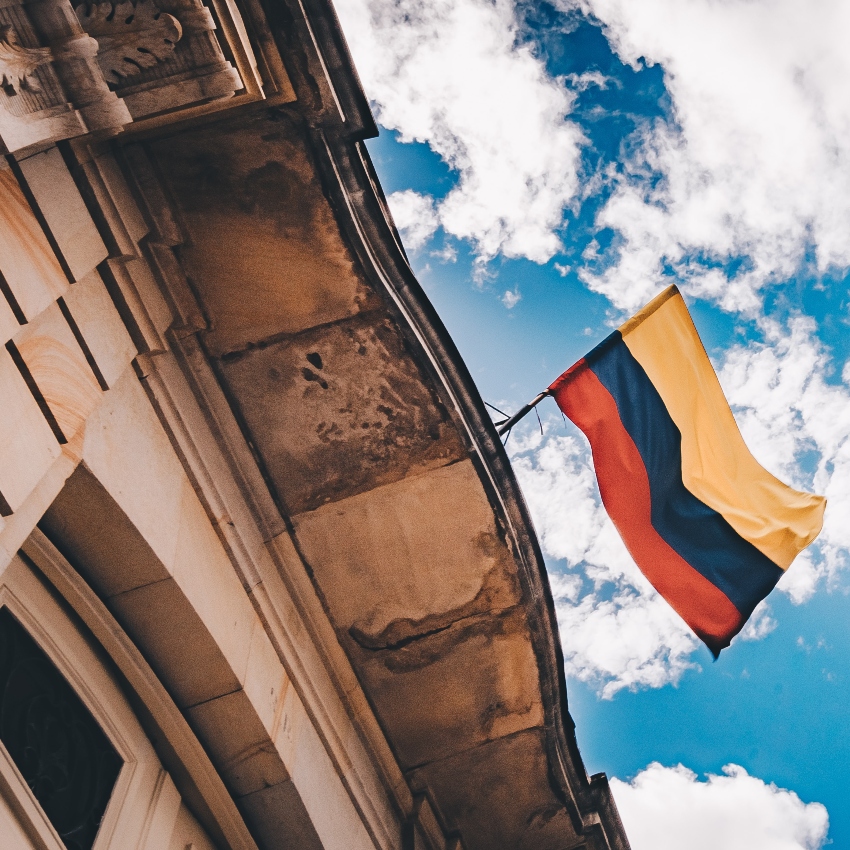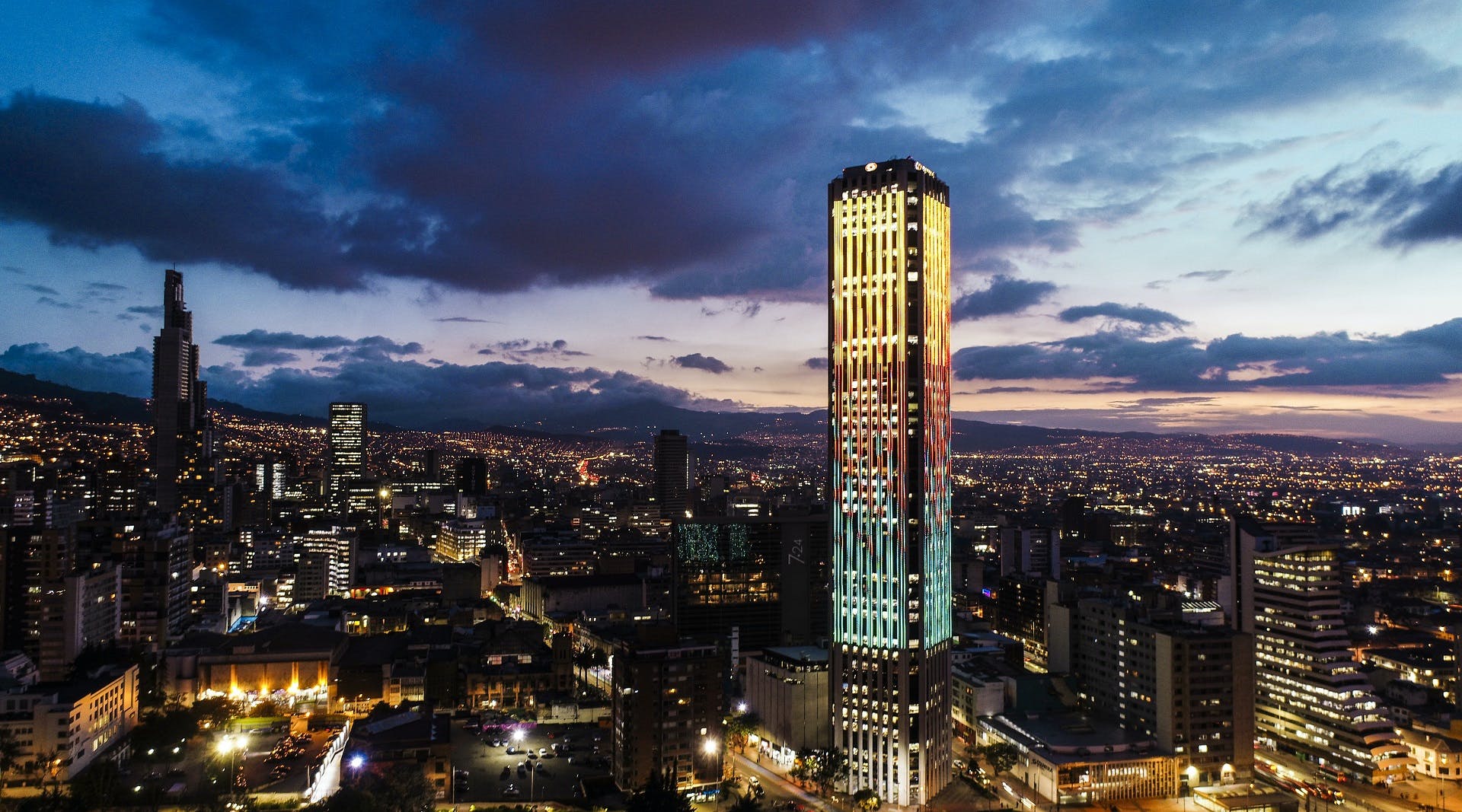Latin America’s leading market, Brazil is the largest country in South America, the fifth largest nation in the world, and a heavyweight e-commerce contender. Representing 57% of all online sales among Latam’s Six Main Markets, with a $ 153 billion volume, Brazil also impresses due to its fast, wide-reaching digitization process.
And this goes not only for sales, but for payments as well: after Pix was released in November 2020 by Brazil’s Central Bank, it became the protagonist of the country’s digital revolution, and an instant favorite among the majority of Brazilian consumers.
To boost your business in the country that’s an essential target for companies aiming to access Latin America, keep reading our exclusive article below, based upon data from PagSeguro’s Digital Renaissance in Latin America white paper.
The number one market in Latin America
Brazil was already undergoing a major push toward e-commerce and heavy digitization when the Covid-19 pandemic hit, leading the nation’s consumers to increase or start online shopping. With more online sellers, better product variety and pricing, and more consumers turning to the digital environment to buy anything, the market is currently at a prime time.
E-commerce currently reaches 75% of the population, a total of 128 million e-shoppers, who have spent $ 153 billion online, a volume that will reach $ 247 billion by the end of next year, and $ 343 by 2025. Most of it comes from domestic e-commerce, which accounts for 94% of all sales.
However,after heavy economic fluctuation and instability and with the now more common habit of buying online, Brazilian consumers more and more seek better product variety and more competitive pricing, which makes them open to cross-border merchants.
Despite the prolonged pandemic, the economy started recovering in 2021, tied to great vaccination rates. This, combined with increasing e-commerce adoption, the (albeit slow) recovery of the travel industry, and recuperating crossborder spend, Brazilian domestic e-commerce market should grow at a CAGR of 22% through 2024.
It’s important to note that, even though cross-border sales represent 6% of e-commerce, the share should grow to 7% both in 2024 and 2025, as cross-border merchants rise at a 31% per year until 2025 — that’s right, faster than domestic online sales.
The most innovative payment landscape in Latam
For Brazilian consumers, especially when shopping from foreign sellers, currency fluctuation is a cause for major concern. Since the Real is so devalued and fluctuating, they are wary of paying in Dollars and other foreign currencies, because the final due value could end up being much higher than originally expected.
Thus, local payment methods are fundamental for your Brazilian consumers to be willing to shop from you, and shop often. Domestic cards are the #1 payment method for online purchases, accounting for 43% of the volume in 2022. Internationally-enabled credit cards represent only 9%, so offering just them as a payment option severely reduces your reach among Brazilian consumers — only 31% of the population has them.
Meanwhile, Pix went from 15% of the e-commerce share in 2021 to 21% in 2022, and will keep growing to reach 31% by 2025. It’s the clear most important method right now, since it’s the one rising the fastest. Internal data from PagSeguro shows that Pix is the second or third largest payment for merchants offering it, coming before bank transfers, wallets, debit cards, and boleto, and representing on average 25% of total sales volume.
But the local payments landscape in Brazil goes even further than Pix, with a considerable penetration of e-wallets (with 12% of total share) — both methods very accessible to all consumers, becoming even more attractive to those that don’t have a credit card. After all, even with an impressive 96% banking penetration rate, only 31% of consumers have a credit card.
As you can see from this article and from the full data available at our white paper, Brazil is a must for companies developing Latin America sales strategies, and could become a major market for your business. For that venture to be successful, understanding the local consumer base and their payment preferences is key.
To learn more about selling to Brazil and how an expert payment partner can help you succeed there, click below to talk to us:





